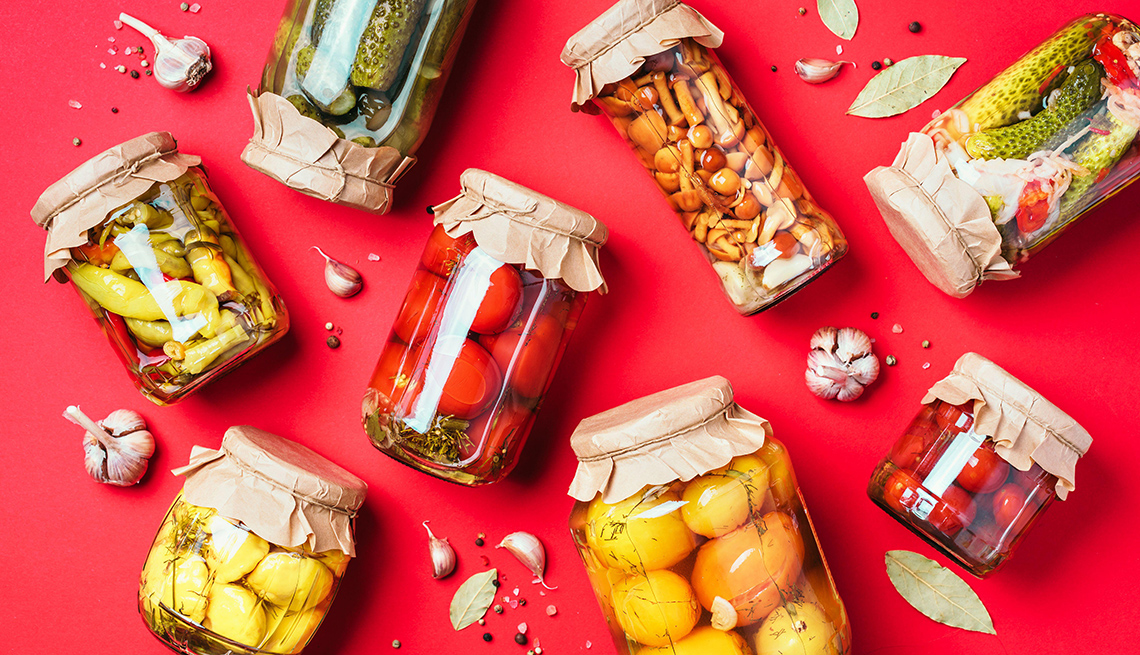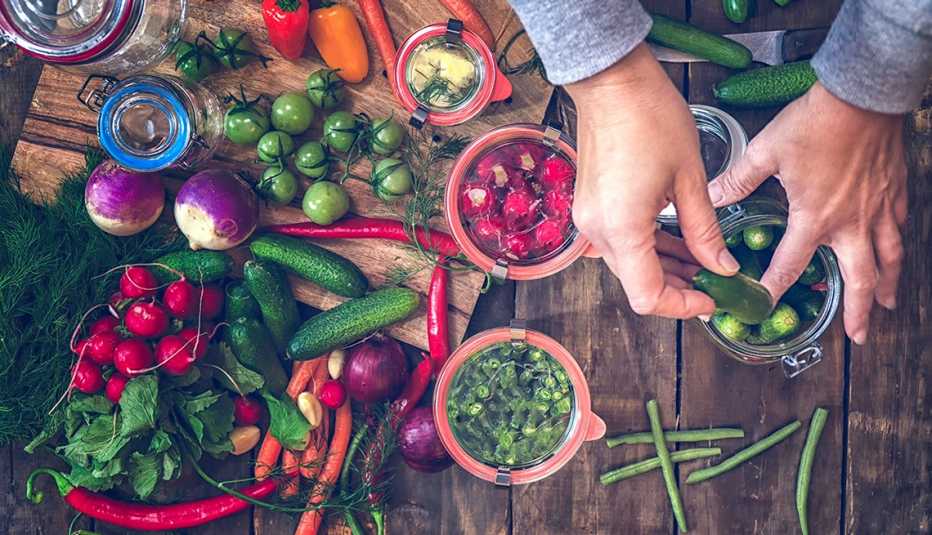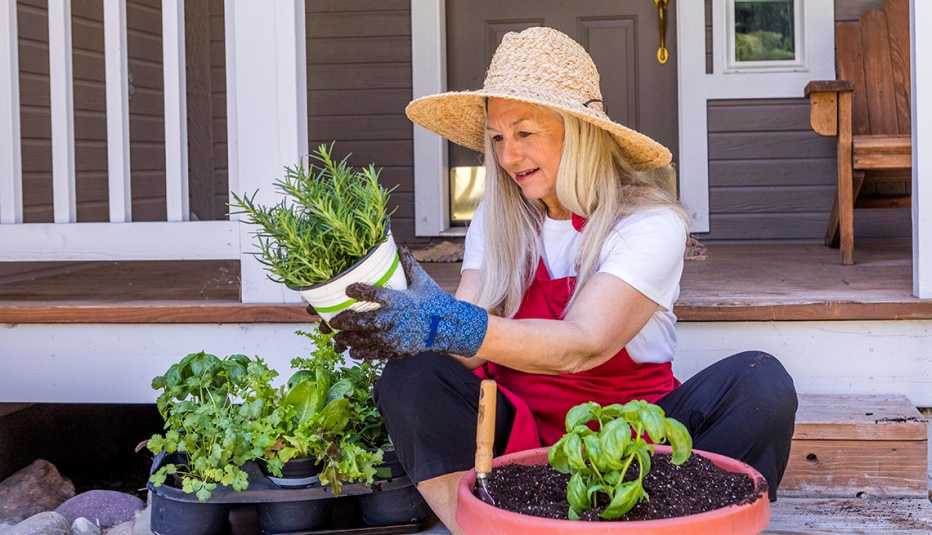Staying Fit
Oklahoma City gardener Bryan Wright typically hauls in 2,000 pounds of vegetables — a ton — every season from his urban garden. That's not even counting his apples, berries, plums and other fruits.
How to make that bounty last? He cans, freezes, ferments and dehydrates it.


AARP Membership— $12 for your first year when you sign up for Automatic Renewal
Get instant access to members-only products and hundreds of discounts, a free second membership, and a subscription to AARP the Magazine.
Wright runs the Black Urban Gardening Society, a nonprofit that teaches gardening and food preservation, and he uses his haul to feed his family of six as well as those in the community.
“We grow this food … and we can't eat it all right now, so we have to preserve it,” he says.
Easy, safe techniques
Most gardeners don't go as big as Wright, but still find themselves inundated with more cucumbers, tomatoes, zucchinis and berries than they might be able to eat during the growing season.
Luckily there are easy food preservation techniques that are safe and tasty. Renewed interest in preservation is being driven by the local food movement and, after unpredictable pandemic shortages, people want more control over food sources, experts say.
Preservation also helps people without regular access to reasonably priced fresh food get the most out of what they have. In California, for example, the San Luis Obispo County branch of the University of California Cooperative Extension teaches low-income families how to use the oven to dehydrate fruit and other foods.
"That was the original basis of food preservation, right? To extend the resources that families knew they weren't going to have access to later in the year,” says Katherine Soule, assistant vice provost for UC extension and the head of the San Luis Obispo office.





































































